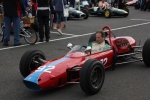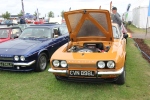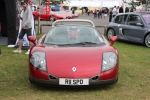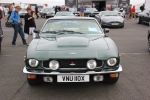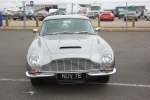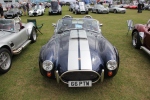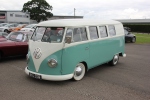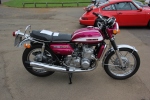In my second throwback post I have again picked my trip to Iceland and selected some highlights from my time in Reykjavik.
The first selection is of of the concert hall on the seafront in Reykjavik. A modern building completed in 2011 it comprises of coloured glass and steel. This gives it an unusual appearance both inside and out. Its proximity to the bay ensures it captures a continual variation of lighting.
Another key attraction is the world famous Blue Lagoon Spa. Not actually in the capital itself it is closer to the international airport about 30 minutes away. I didn’t have my DSLR this day so these pictures were all captured using my Iphone.
One of my most relaxing experiences was my walk along the south coast of the pennisula on which Reykjavik is situated. It was close to my hotel and was incredibly peaceful. I originally walked down from the ‘Pearl’ to see the geothermic beach which boasted temperatures of 40 deg C + all year round and found myself drawn into following the coastal path. The light was amazing and the seascape changed minute-by-minute. It was difficult to whittle my record of this part of the day down to three.
The ‘Pearl’ occupies a commanding position on a hillside overlooking both the city and the southern bay. It’s utilitarian design lends it a beauty that portrays its functional purpose. Other than cars and planes Iceland burns almost no fossil fuels. Instead it relies heavily on geothermal sources and tours outside the city will often come across one of their power stations. Hot water is held in five massive tanks, these are topped by a glass dome and housing a restaurant and conference centre; this is the Pearl.
Most city breaks involve a trip to a Cathedral; Reykjavik is no different to this. The Cathedral, however, is far from normal. Hallgrímskirkja was finished in the 20th Century and named after the Icelandic Poet and Clergyman from the 1600’s. At 73m tall the Lutheran church is 6th tallest building in Iceland, after a number of radio towers and an office block.
My final set of pictures is of an interesting observation I made whilst wandering around the streets of the capital. Many buildings were brightly decorated with colourful, larger-than-life murals. I have picked three of my favourites.
Thanks for stopping by – I hope you enjoyed my photos – I loved taking them and would recommend Iceland to anyone.

























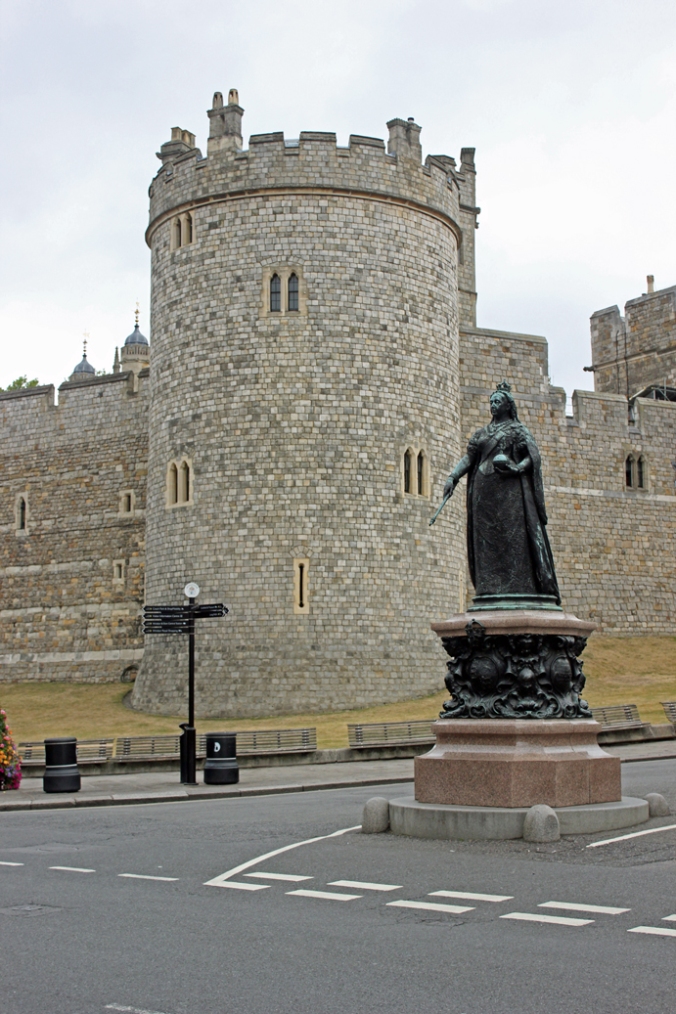 I walked on for a tea in the station. Windsor enjoys two stations; Windsor Central (which, as its name suggests, is situated in the heart of the town) employes two-carriage shuttles to and from Slough. Originally built by Isambard Kingdom Brunel’s Great Western Railway at one point it boasted four platforms and ran trains directly through the underground into Central London. Only one platform remains and much of the old concourse has been repurposed as shops and restaurants. All that is left of Madame Tussaud’s Windsor exhibition from the 80’s and 90’s is a replica steam locomotive.
I walked on for a tea in the station. Windsor enjoys two stations; Windsor Central (which, as its name suggests, is situated in the heart of the town) employes two-carriage shuttles to and from Slough. Originally built by Isambard Kingdom Brunel’s Great Western Railway at one point it boasted four platforms and ran trains directly through the underground into Central London. Only one platform remains and much of the old concourse has been repurposed as shops and restaurants. All that is left of Madame Tussaud’s Windsor exhibition from the 80’s and 90’s is a replica steam locomotive.















